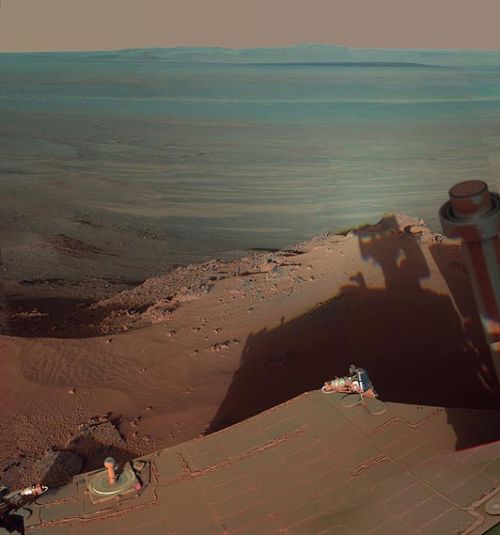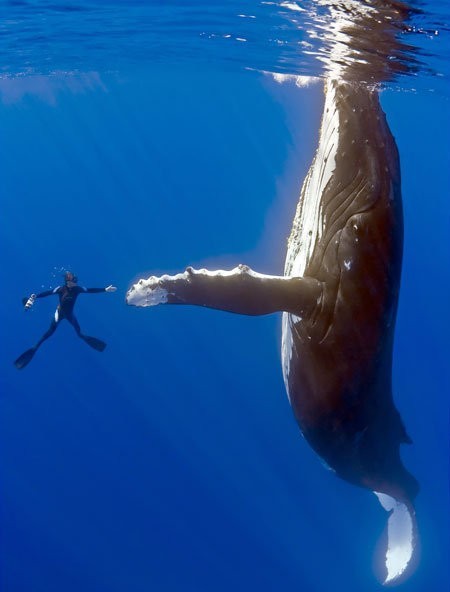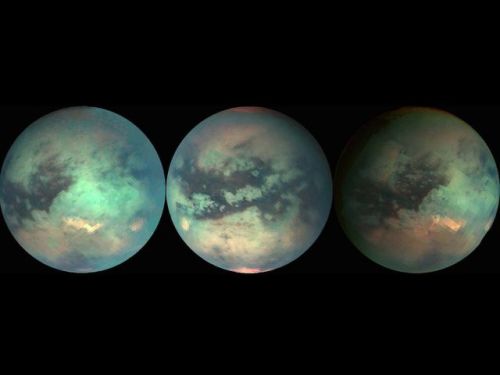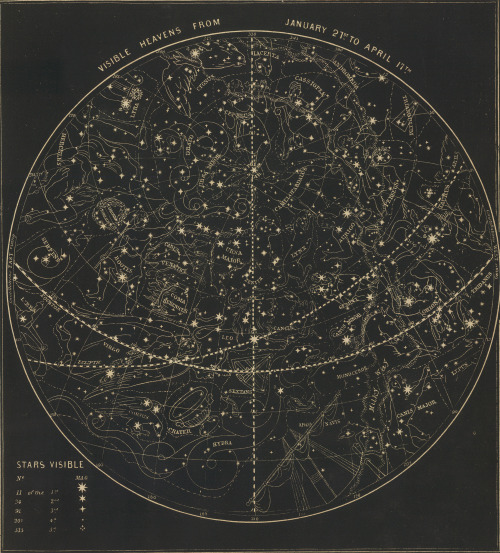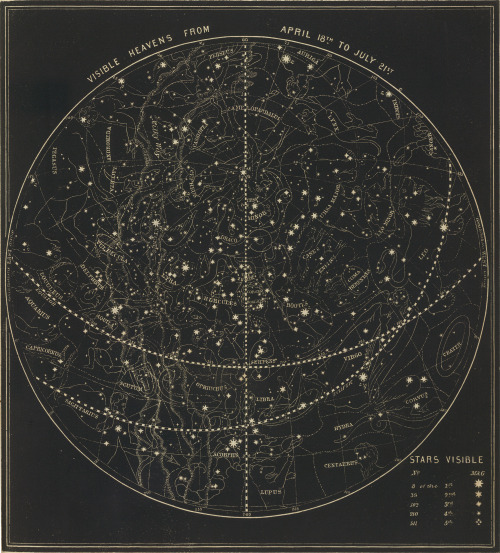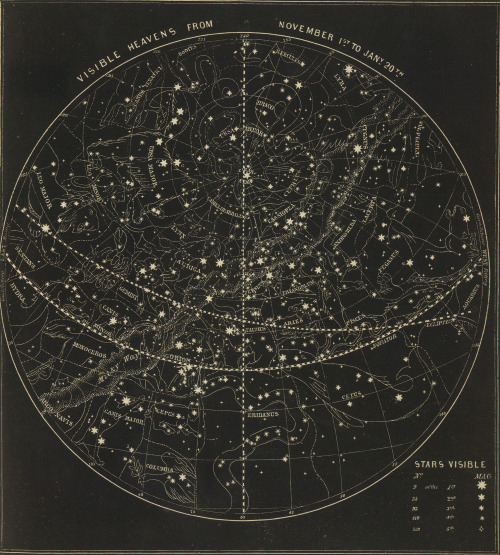A personal temporospatial claudication for Young Wizards fandom-related posts and general space nonsense.
288 posts
Latest Posts by outofambit - Page 6
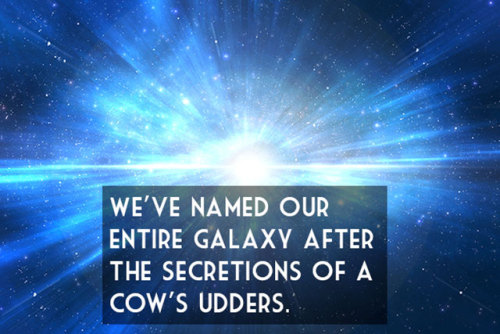
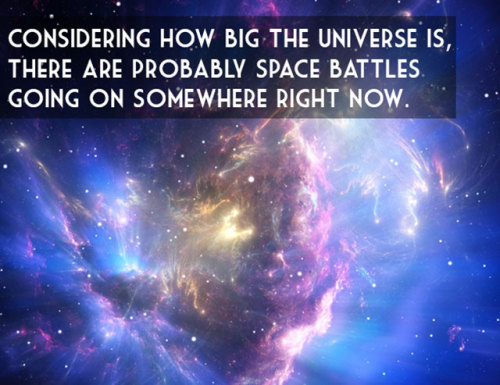
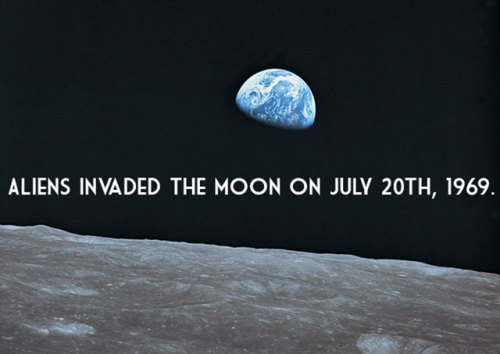
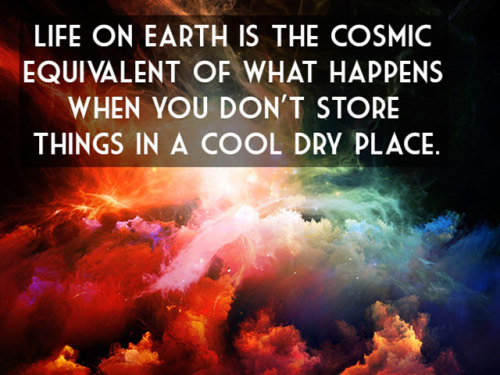
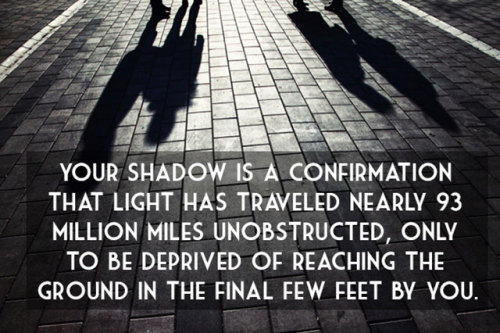
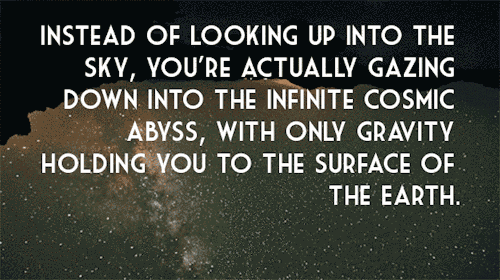
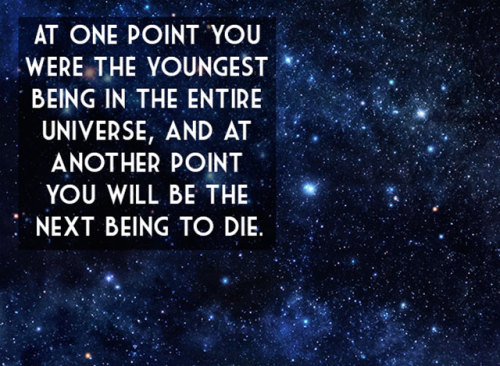
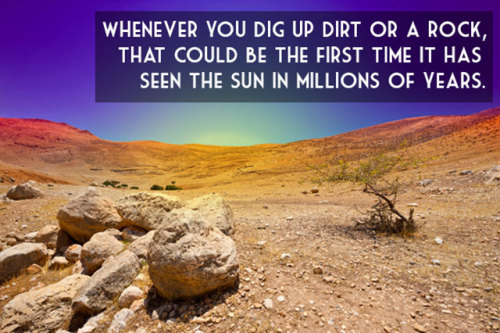
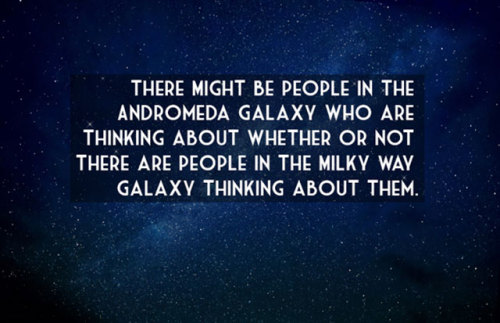
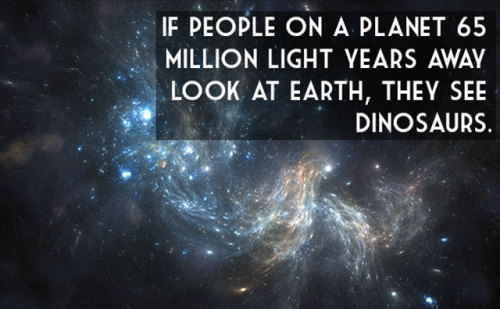
Thoughts that will change the way you think about the universe and your existence


This took FOREVER. Mostly cause of all the jewels. Thankfully I had a brush for them. It’s supposed to be the outfit described on page 184-185 (in my copy at least)of Wizard’s Holiday:
"Today the long overcoat he favored was in blue, and it was richly, even thickly, embroidered with jewels, in all shades of blue and green, some of them the size of marbles or quails eggs. Guantlets, tunic, boots, all were in metallic blues and greens, and the fillet binding his brows was of some blue metal."
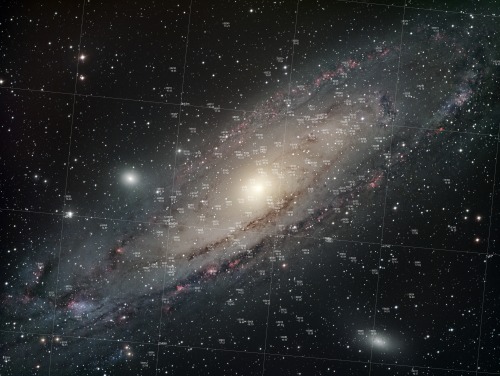


Annotation of All The Known Globular Clusters in Messier 31 by Michael van Doorn
goodnight moon. goodnight Milky Way. goodnight Ursa Major (UMa I dSph). goodnight 24IC 1613 (UGC 662.350[8].
NASA on Tumblr, http://n-a-s-a.tumblr.com/

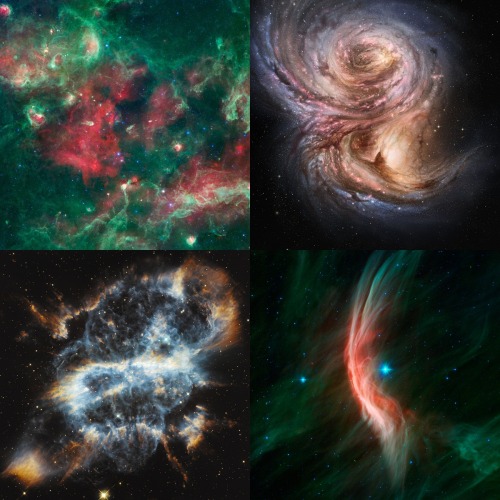
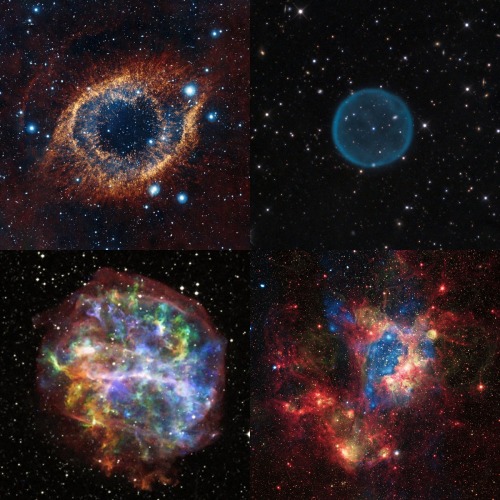
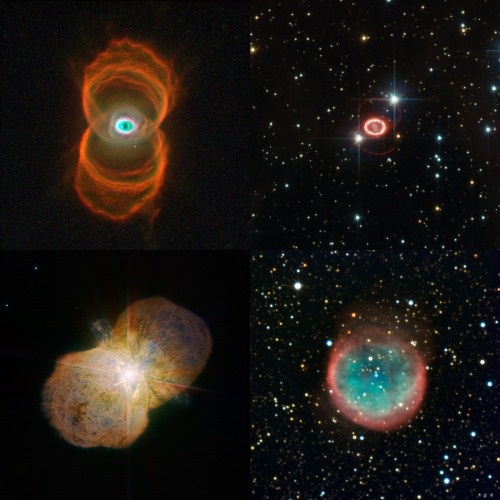
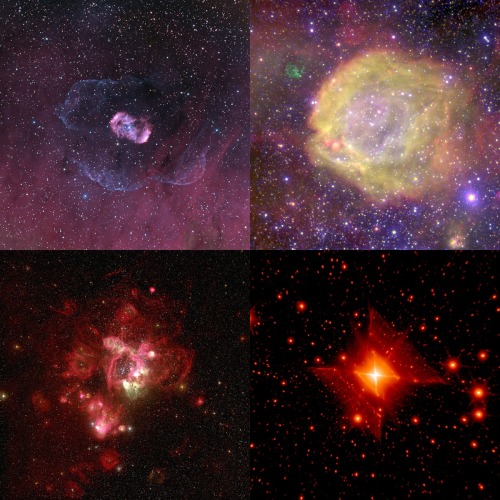
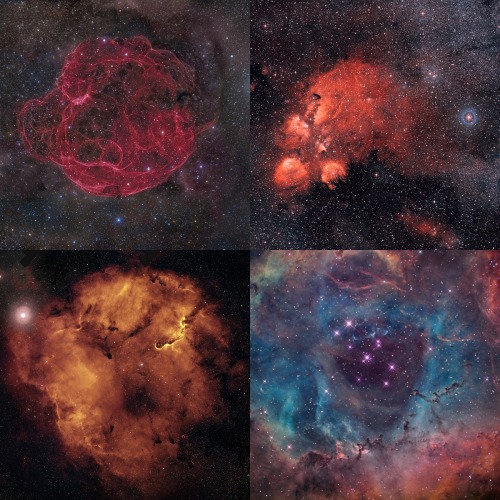
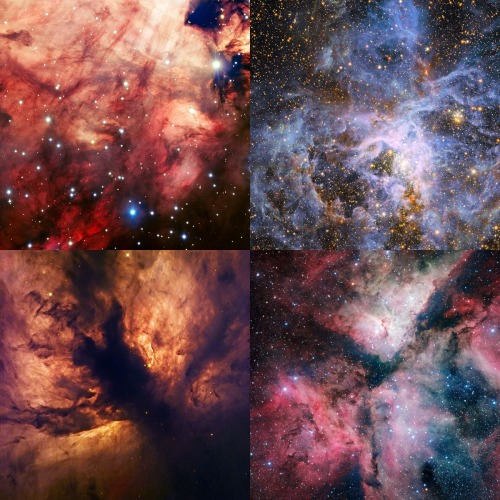
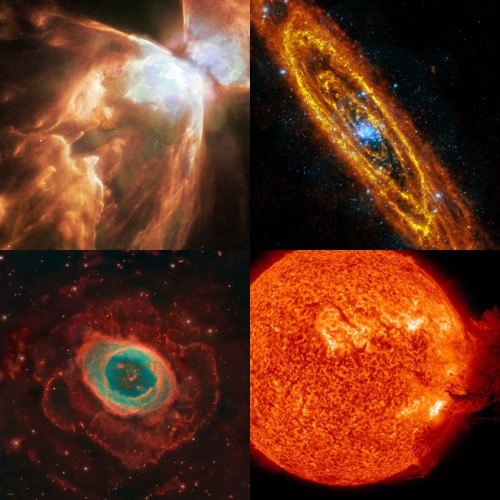
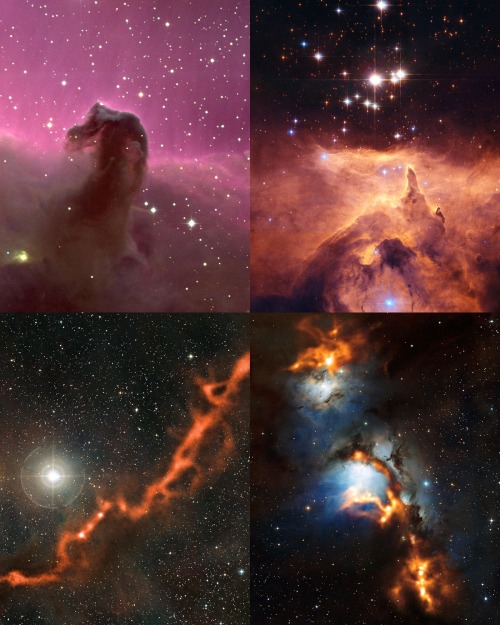
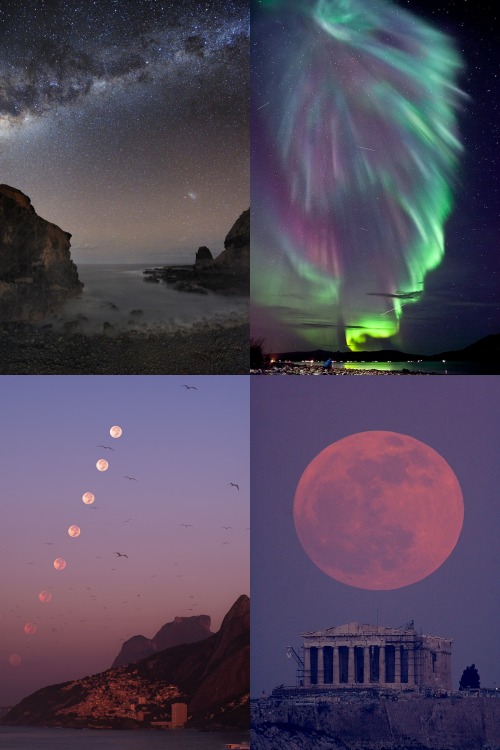

Never understood why I love black holes so much, there’s something about them that just pulls you in.
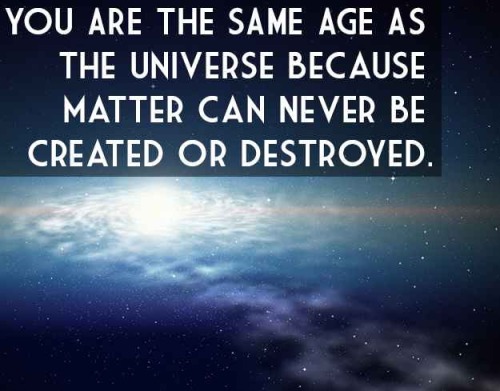
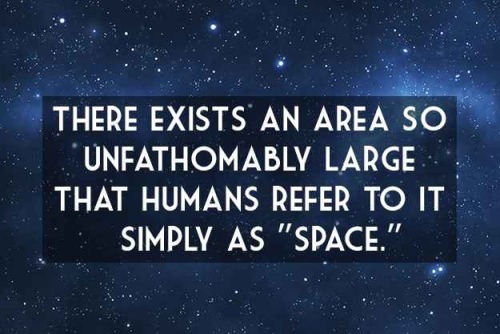
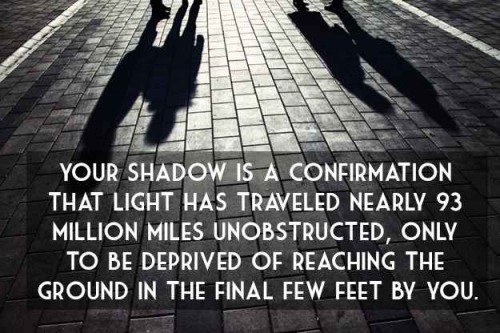
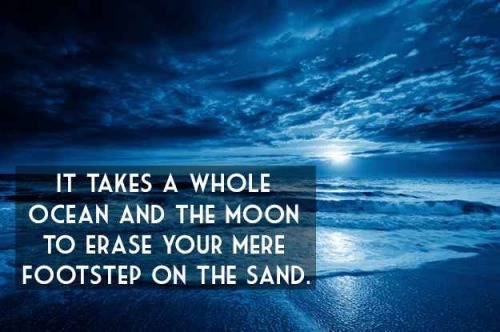

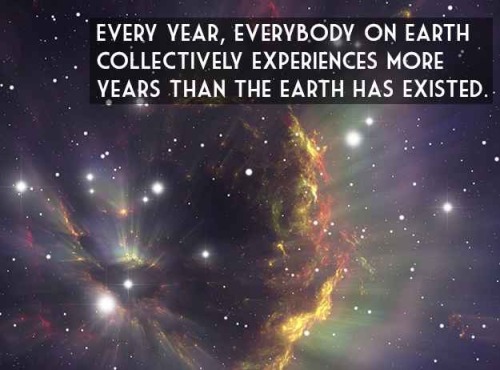
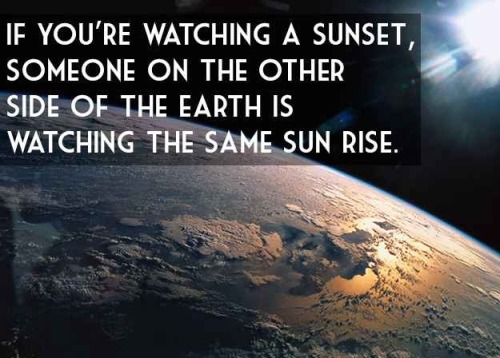
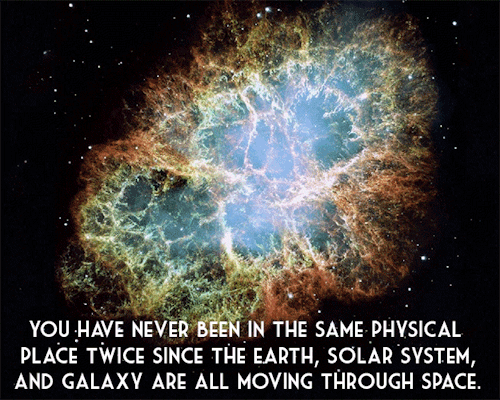
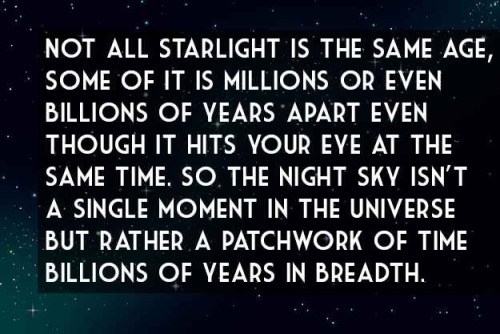
9 things to seriously make you re-consider the entire existence of mankind
Source: buzzfeed.com

Gorgeous ‘Pillars Of Creation’ Shine In New Hi-Def Hubble Photo

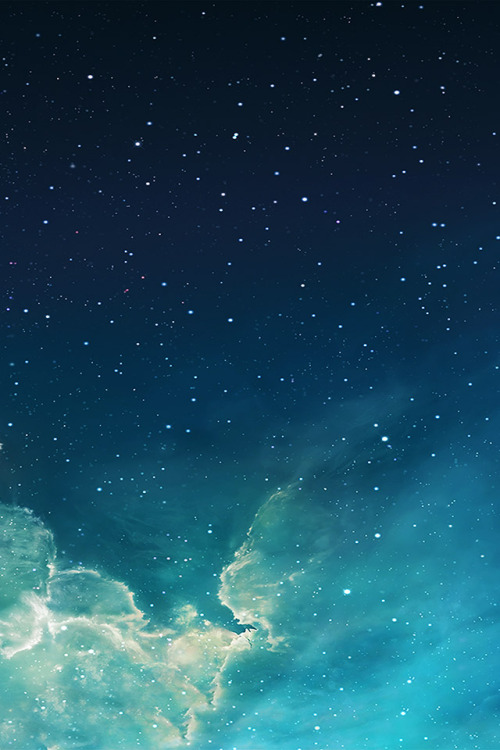


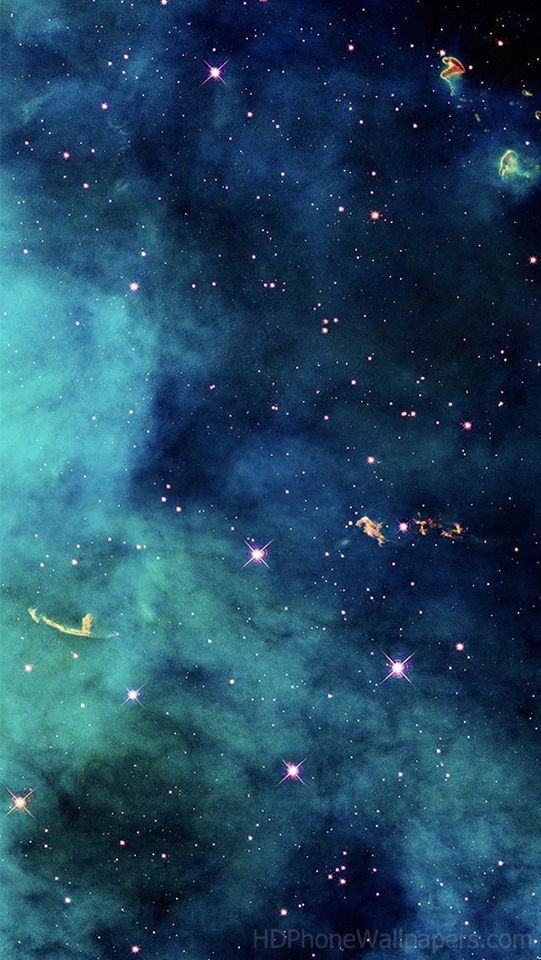

Blue
here are some plasma waves recorded by the voyager from certain planets and turned into sounds audible to humans. they’re quite lovely, especially to meditate, astral project, or just fall asleep to.
Neptune
Jupiter
Uranus
Earth
Saturn
A solar eclipse and the Milky Way seen from the ISS
I am practically in tears over how beautiful this image is.
same. i promise i teared up a little….
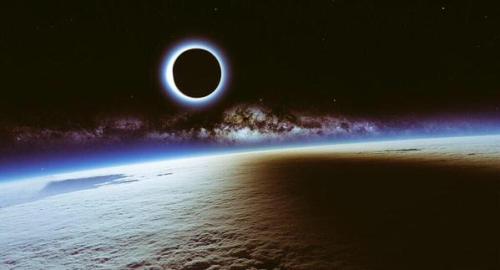
The galaxy sings in B flat. Fifty-seven octaves below middle C, hundreds of thousands of tiny stars with little worlds trailing atmospheres in elliptical orbits. Double-star systems, triple-star, more; planets, civilisations, dark matter, tangible matter, all circling, swarming, humming together in one enormous note, not bumping together but carrying a wave from the centre of their island universe, expanding out into space… Sound cannot exist in a vacuum. This is a widely known fact. And space is a vacuum, sure. But only when you look at it from here, from our tiny little world. Close your eyes, zoom out, and look at the celestial spheres from their view; and space isn’t so thin after all. Close your eyes, zoom in, and even our dense atmosphere is just atoms in a vacuum of their own. Sound as we know it, sure, that doesn’t exist outside our little stardust orb. It’s too small, too fragile. Too like ourselves. But where there’s movement and things to move, there’s sound. Sound waves can be small, only a few thousand nanometres trough-to-crest. And they can be massive, playing the celestial music of the spheres. Because in all that movement, the pulses of our discs and and lights and gravity wells, the stars dance. We are sound, the particles that carry a wave thousands of light-years across. We are the music of the celestial spheres. The galaxy sings in B flat.
Source
anexpansionlikegold
NATASHA I DEMAND YOU HAVE THESE FEELS WITH ME
(via reconfemmandoforares)

Hubble has spotted an ancient galaxy that shouldn’t exist
This galaxy is so large, so fully-formed, astronomers say it shouldn’t exist at all. It’s called a “grand-design” spiral galaxy, and unlike most galaxies of its kind, this one is old. Like, really, really old. According to a new study conducted by researchers using NASA’s Hubble Telescope, it dates back roughly 10.7-billion years — and that makes it the most ancient spiral galaxy we’ve ever discovered.
"The vast majority of old galaxies look like train wrecks," said UCLA astrophysicist Alice Shapley in a press release. "Our first thought was, why is this one so different, and so beautiful?"
Read more: here




The New Horizons spacecraft just woke up from a nine year nap. It’s three billion miles away from home, and it’s about to fly within a few thousand miles of Pluto, giving humans their first up close view of the dwarf planet.




The Journey to Mars Begins Tomorrow
NASA is preparing for the first test flight of the Orion crew vehicle set for an unmanned launch on Dec. 4 at 7:05 a.m. EST from Cape Canaveral, Florida.
The Orion spacecraft is designed to eventually take astronauts beyond low-Earth orbit to destinations never explored by humans. It will serve as the exploration vehicle that will carry the crew to distant planetary bodies, provide emergency abort capability, sustain the crew during space travel, and provide safe reentry from deep space.
This mission is the first of three trial runs that the Orion mission must overcome before NASA deems it safe enough for human space travel.
The next test flights in 2018 and 2021 will use NASA’s Space Launch System rocket (SLS), which is currently in development. When it’s finished, SLS will be the most powerful rocket ever built, boasting even more thrust than the Saturn V booster that blasted astronauts toward the moon in the Apollo era.
The spacecraft will launch atop a Delta IV Heavy, a rocket built and operated by United Launch Alliance. While this launch vehicle will allow Orion to reach an altitude high enough to meet the objectives for this test, a much larger, human-rated rocket will be needed for the vast distances of future exploration missions.
Exploration Flight Test-1, will mark the farthest distance traveled by a human spaceflight vehicle since 1972 made by Apollo 17.
During its grueling four-and-half-hour test mission, NASA’s Orion space capsule must shoot 3,600 miles away from Earth (15 times higher than the International Space Station!), orbit the planet twice, and brave a thick belt of cosmic radiation.
Upon re-entry it must deploy 11 parachutes to slow down from 20,000 miles per hour to 20 mph, while withstanding 4,000-degree Fahrenheit temperatures before plunging into the Pacific Ocean.
Check out these incredible photos from the development and testing of the spacecraft.
Countdown, launch and mission coverage will begin at 4:30 a.m. on NASA TV which is available on air and streaming at nasa.gov/nasatv
The most basic mobile phone is in fact a communications devices that shames all of science fiction, all the wrist radios and handheld communicators. Captain Kirk had to //tune// his fucking communicator and it couldn’t text or take a photo that he could stick a nice Polaroid filter on. Science fiction didn’t see the mobile phone coming. It certainly didn’t see the glowing glass windows many of us carry now, where we make amazing things happen by pointing at it with our fingers like goddamn wizards.
Warren Ellis » How To See The Future (via ultralaser)
#oh my god everything about this article is hitting me where I live #forsake manufactured normalacy and look at how extraordinary the world is right now #there are six people living in space and we can /print/ organs and control satilites with apps #”Voyager 1 is more than 11 billion miles away and it’s run off 64K of computing power and an eight-track tape deck” #the internet itself is a goddamn miracle in the making in that humanity—vast swathes of otherwise unconnected humanity—gets together #to watch cat videos and talk about television and laugh at each other’s jokes #if the world isn’t thrilling you YOU ARE NOT PAYING ATTENTION #god #I’m all #yeah (via notbecauseofvictories)
Don’t forget the fact that two robots on another planet have Twitter accounts and people here on Earth can follow them and their discoveries. Astronaut Col. Chris Hadfield—my favorite Canadian—has a Tumblr and posted images from space so that we could see what he was seeing. We can watch videos of galaxies merging on YouTube. And we are making so many scientific discoveries that there’s actually a blog called World Science Festival that details discoveries made each WEEK.
Yes, the world is still fucked up in any number of ways, and the problems need to be fixed. But the world’s also amazing.
(via gehayi)
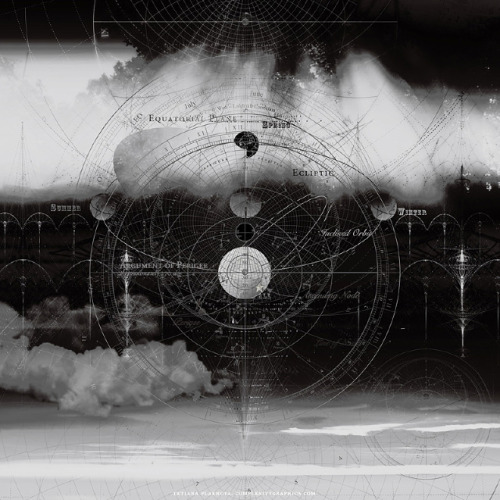
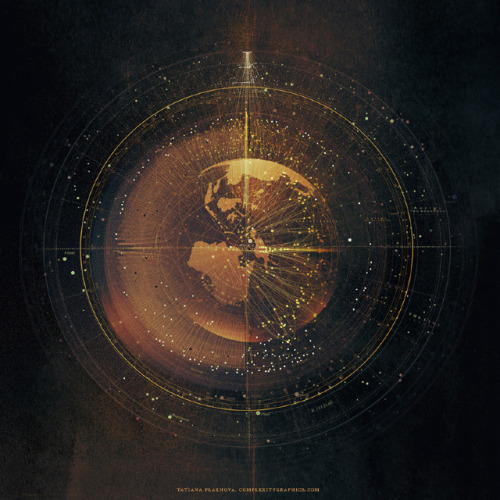




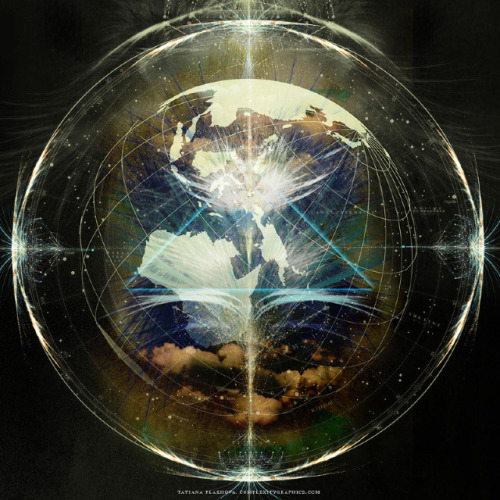



Orbital Mechanics by Tatiana Plakhova
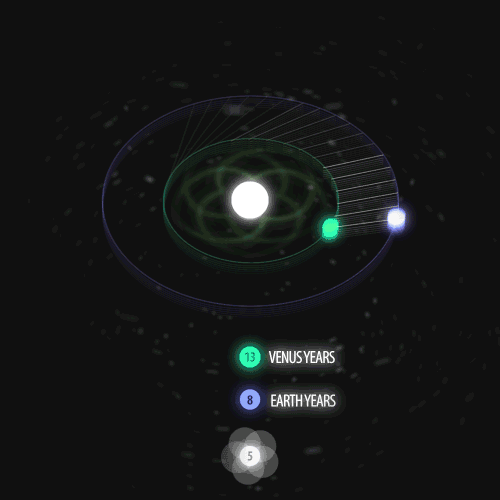
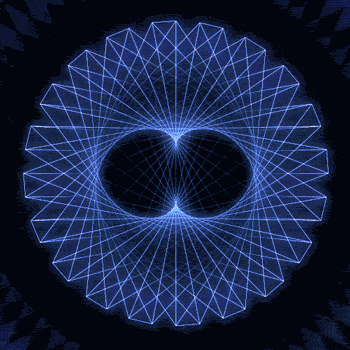
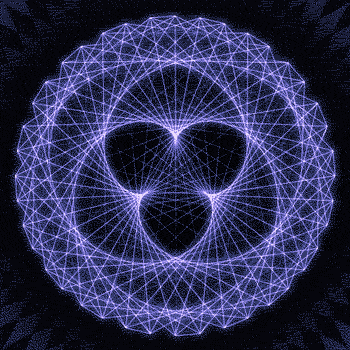


Fibonacci you crazy bastard….
As seen in the solar system (by no ridiculous coincidence), Earth orbits the Sun 8 times in the same period that Venus orbits the Sun 13 times! Drawing a line between Earth & Venus every week results in a spectacular FIVE side symmetry!!
Lets bring up those Fibonacci numbers again: 1, 1, 2, 3, 5, 8, 13, 21, 34..
So if we imagine planets with Fibonacci orbits, do they create Fibonacci symmetries?!
You bet!! Depicted here is a:
2 sided symmetry (5 orbits x 3 orbits)
3 sided symmetry (8 orbits x 5 orbits)
5 sided symmetry (13 orbits x 8 orbits) - like Earth & Venus
8 sided symmetry (21 orbits x 13 orbits)
I wonder if relationships like this exist somewhere in the universe….
Read the Book | Follow | Hi-Res -2- -3- -5- -8-
This is why it's important to keep notes
Because I’d forgotten how I coined this word:
Peridexis (tweeted on 5/11/2010)
"Peridexis" is a pun, out of the "dexis/-on/-ontis" root (skill, expertise, dexterity) and "deixis/on/ontis" (display, demonstration, a reference or reference work"). The "peri-" suggests that the solution is temporary or unusual.
…Now if I can just find the note explaining how I coined mochteroof, my life will be complete. (I have a vague memory that both Coptic and Greek were involved, but I’m not sure any more…)
Thank the Powers for Evernote: that’s all I can say.
IM NOT FLAILING ARE YOU FLAILING!?!?
DD's ten favorite lines from "Games Wizards Play"
10: “I’d prefer it to rain chocolate frosted donuts in my kitchen on Sunday mornings, but I don’t seem to be getting a lot of that.”
9: “Look, we’re all in The Sims.”
8: “But I’m on your side this time.”
7: “Wizardry is mean to me. I’m gonna tell.”
6: “Just don’t blame me if now she lives long enough to reproduce.”
5: “We’re using such different dictionaries.”
4: “It can probably be seen from space, but don’t let that bother you.”
3: “You may continue to stand in my presence.”
2: "That worked.”
1: "It made my day."

Success! India’s First Mars Probe Is In Orbit And Working
“India has managed to do what few other nations have accomplished: putting a satellite into orbit around another planet — and it did so a lot cheaper than the competition.
The $70 million Mangalyaan, or “Mars craft” in Hindi, began circling Mars after a 24-minute engine burn to slow it down enough to be captured by the Red Planet’s gravity.”
Read more from NPR.

